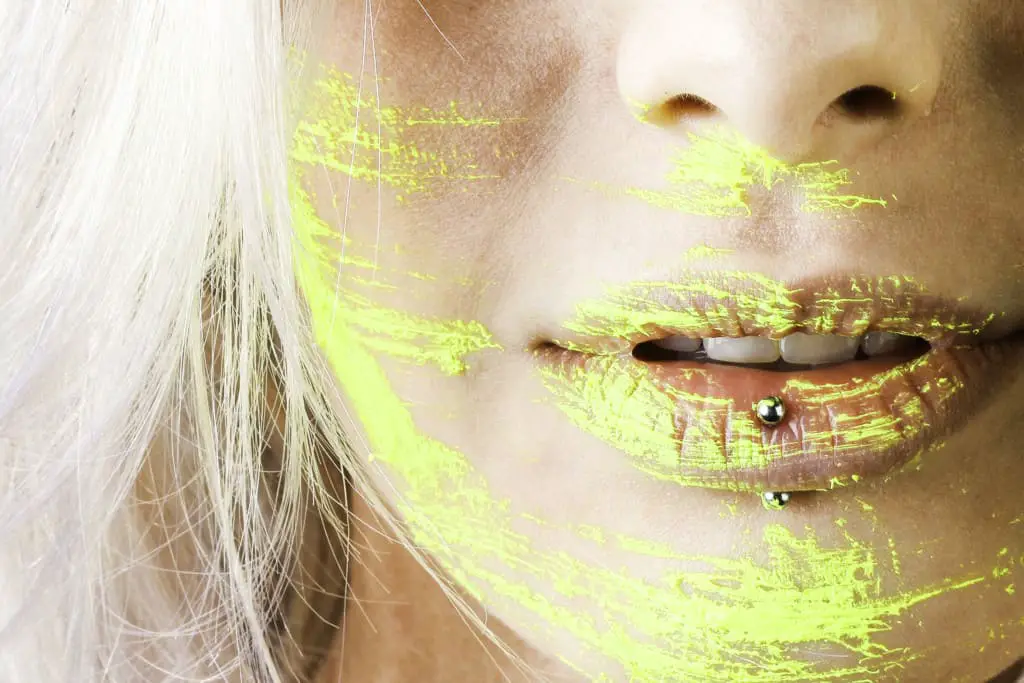
Not only are oral piercings trendy and a way for us humans to express ourselves, but they are also a way to cause damage to our oral health and overall body health. But what exactly can happen to our body when we have oral piercings?
The 16 most common risks of oral piercings are;
- Gum recession
- Gum disease
- Tooth sensitivity
- Infections
- Risk of choking
- Bad Breath
- Drooling
- X-ray difficulties
- Broken, chipped, worn, and cracked teeth
- Damage to dental restorations and other dental appliances
- Tissue damage
- Nerve damage
- Allergic reaction
- Speech issues
- Problems eating/swallowing
- Change in sense of taste
Read Now: 10 Ways: Prevent Piercings From Damaging Your Teeth and Gums
1. Gum recession
With constant contact between the piercing and the teeth and gum tissue, wear and tear are inevitable. When the gum tissue is worn away, the root surface will be exposed. The root of the tooth is a lot softer than the enamel and will wear away more quickly.
Because of this softness of the root surface, cavities can develop at a much higher speed.

The acidic nature of our diets, as well as the acid produced by the bacteria in our mouths, the acid starts to break down the tooth, dissolving it, forming a cavity.
The gum tissues provide quite a protective shield to the roots of the teeth, preventing cavities on the root surfaces. You don’t want to lose any gum tissue if you can help it, because it does not grow back.
2. Gum disease – potential tooth loss
Because the piercings can gather a lot of bacteria, as cause wear and tear, it can start the beginning of gum disease. More bacteria = more disease. In this study, they observed the bacteria on tongue piercings and discovered that every piercing had the same bacteria on it that contribute to gum disease and tooth loss.
The longer the piercing was in place, the greater the impact it had on oral health.
Gum disease includes both gingivitis and periodontal disease.
Gingivitis is a reversible chronic inflammation of the gum tissue. The gums will bleed easily and have a red, shiny, puffy appearance. With daily flossing and brushing, most of the gingivitis can heal in a week or two, but you have to keep up with your dental cleanings to remove the hard deposit.
Read Now: How Dental Hygienist’s Clean Your Teeth 
If you have hard deposit on your teeth, your gums will not heal properly and the cycle will continue.
Periodontal disease is when the chronic inflammation of the gum tissue starts to make it’s way farther underneath the tissue into the bone that supports your teeth.
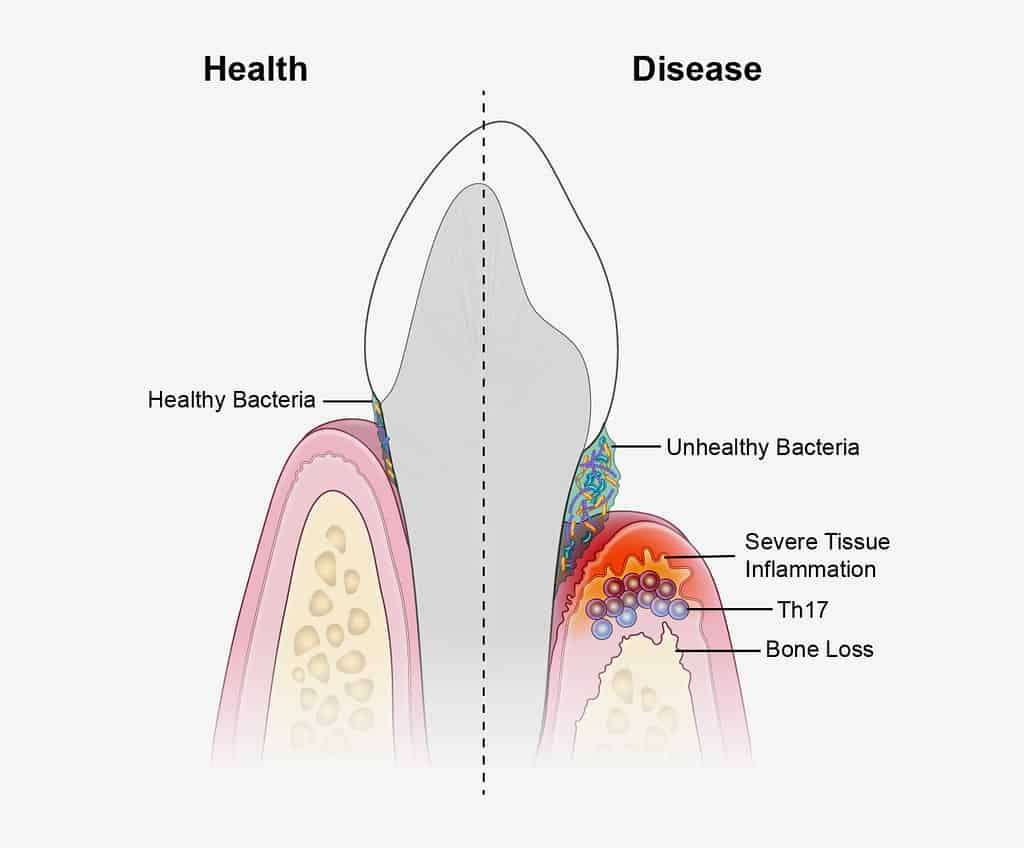
Periodontal disease is NOT reversible.
Once you have it you cannot get rid of it.
You can only slow the progression of tissue loss with pristine oral hygiene habits and regular dental cleaning every 3-4 months.
Your body is working in overdrive to try and kill the bacteria that are harmful to the gums and bone around the teeth. Your body sends more blood because it includes lots of white blood cells to kill the bacteria.
Your gums bleed more because the more blood = more white blood cells to try and beat the bad bacteria.
3. Tooth sensitivity
Oral piercings can chip, crack, and break teeth, and also cause gum recession leaving the root exposed.
These issues can lead to sensitive teeth by exposing the dentin of the tooth.
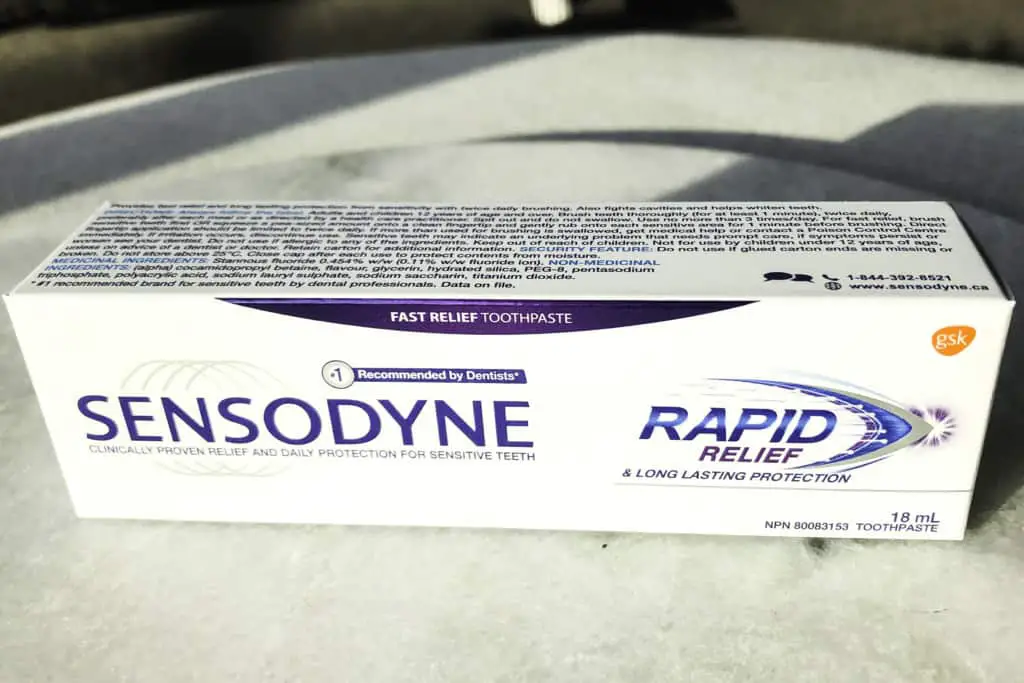
Dentin is the layer right over the nerves of the teeth and it’s porous – allowing things such as hot/cold to overstimulate the nerve of the tooth causing pain.
If your tooth sensitivity is from root exposure or thin enamel from wear, you may find relief using a sensitivity toothpaste.
Read Now: Sensitivity Resources  for all the products I recommend for tooth sensitivity
for all the products I recommend for tooth sensitivity
And What Sensitivity Toothpaste Works the Best? Read to find which sensitivity toothpaste you should be using.
Read to find which sensitivity toothpaste you should be using.
4. Infections
Because the piercings are another surface for bacteria to cling on to and make their home, they can cause serious infections that your body can have a hard time fighting off.

Signs of infection around the piercing site;
- redness
- swelling
- throbbing
- pain
- heat
- pus/exudate (could be slowly leaking out, or if the tissue around the piercing site is pressed gently it will come out). Pus/exudate could be clear, white or yellowish in appearance.
It’s important to note that chronic slow infections may not present any pain. You will want to check your piercing site often.
The mouth is the gateway to the body, and is extremely vascular meaning there are a lot of blood vessels close to the surface.
Because of this, things that are in the mouth for a long period of time actually get absorbed directly into the bloodstream.
Have you ever heard of anyone putting a tablet/pill under their tongue when they think they are having a heart attack?
The medication is nitroglycerin and is put under the tongue because it is the fastest way into the bloodstream to get to the heart to try and stop the heart attack.
Any infection that is in your mouth be it bacterial, fungal, or viral has a huge chance of entering your bloodstream that could cause sepsis and death. Of course, this is rare, but everyone has to realize how serious an oral infection is.

Ludwig’s angina is just as severe. When bacteria enter the bloodstream from the site of the tongue piercing, it can enter the area below the tongue into the upper area of the front of the neck.
It can cause so much swelling it actually can cut off your airway and you will not be able to get enough oxygen in.
Is it also very important to note that the spreading of certain diseases is higher with oral piercings because sometimes things are not sterilized properly. Hepatitis A, B, C and AIDS/HIV can be passed on if contaminated tools are used for the piercing.
5. Risk of choking
Depending on the size and kind of an oral piercing, it can either be inhaled, swallowed, or choked on. This can happen when you’re sleeping, eating, or at any point in time. Make sure to check your piercing regularly to make sure it is firm in place and all screws are tight.
These small metal pieces can harm your body if inhaled or ingested. So again, monitor your piercings.
6. Bad Breath
Oral piercings can have small nooks and crannies that bacteria love to build a home in. This bacteria is the main cause of bad breath.
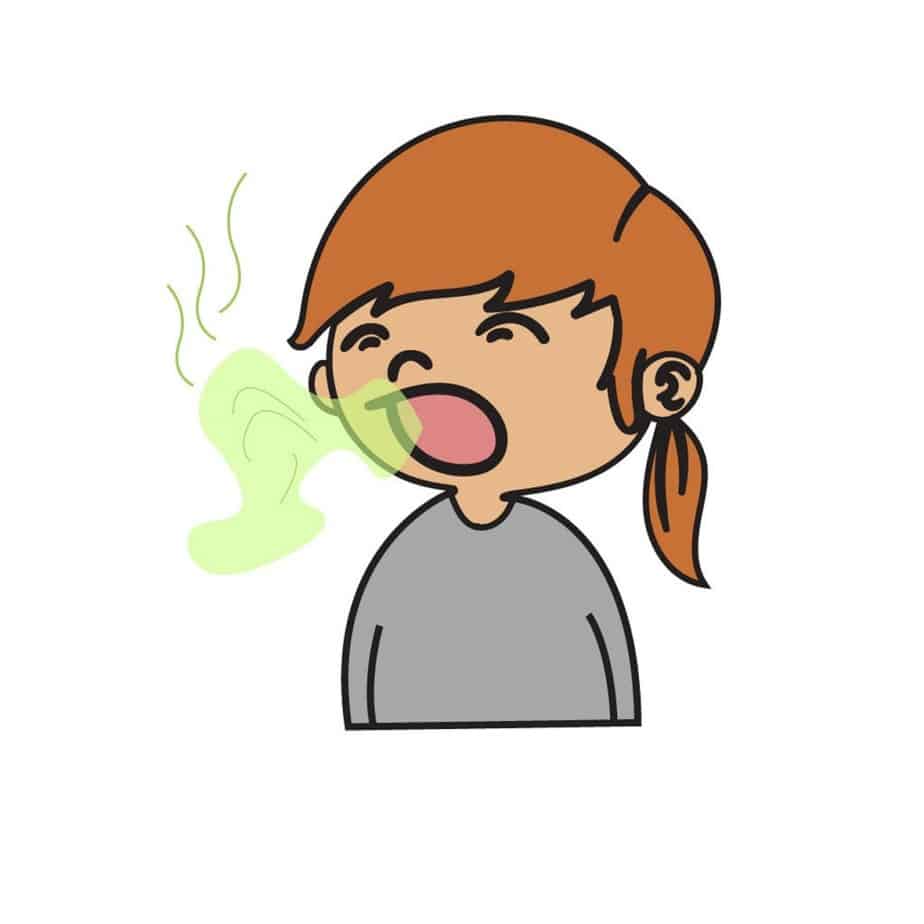
The bacteria can continue to multiply and move farther under the tissue where the piercing goes through. Its a warm and moist area, the perfect breeding ground for that smelly bacteria.
7. Drooling – excessive saliva
Its a common biological response. Have you ever noticed when you smell something tasty or start to eat, your mouth starts watering?
Your body is getting ready to help you digest the food as it helps break it down in the mouth and aids in swallowing.

When you first get an oral piercing you may experience excess saliva for a period of time. Usually, this will go away with time as your mouth gets used to the piercing and doesn’t think you are trying to eat it.
It’s impossible for the person performing the piercings to know where your salivary glands are in your mouth. We have 3 major salivary glands, and about 800-1000 minor ones.
If they are pierced, you may have leakage of saliva through the hole where the piercing goes through to the outside of your face. Cheek piercings have to be done with extreme caution because the parotid (one of the major salivary glands) drains around this area.
8. X-ray difficulties
When we take x-rays (also known as radiographs) of your mouth anything that is really dense (like metal) will show up just bright white, like a white blob blocking the view of the area we are looking at.
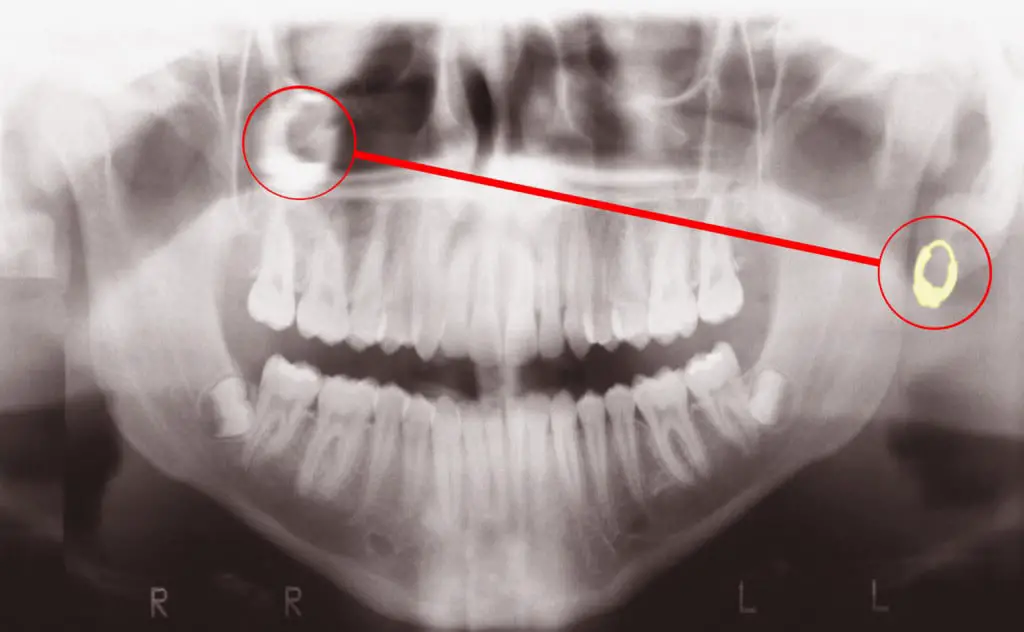
This is not an issue with the cavity detecting x-rays, but it is an issue with the Panorex/Panoramic x-ray we take that you can see in the above image.
It is important to have a clear view because oral piercings can prevent us from seeing serious infections, tooth resorption, and even diseases of the jaw bone including cysts and cancer.
9. Broken, chipped, worn, and cracked teeth
It can become a habit to run a tongue ring along the surfaces of the teeth or bite on other piercings in the mouth. It can even happen if you’re not paying attention as it can turn into a mindless habit.
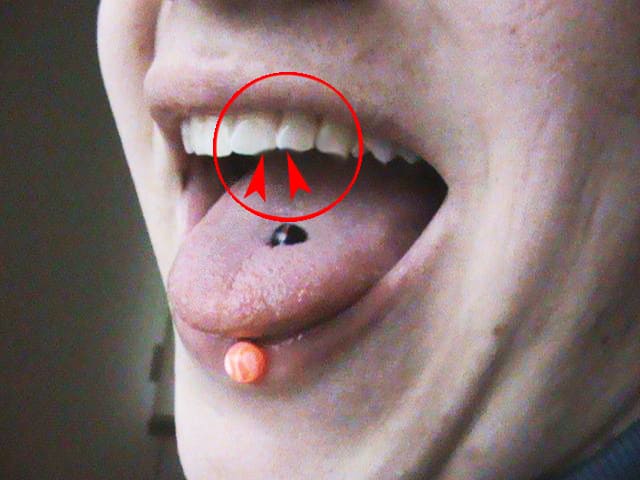
These things can cause the teeth to break, chip, wear and crack and lead to a lot of other issues and leave you in a lot of pain rushing to the dentist. Sometimes if a tooth is cracked down below the gumline the tooth will have to be extracted.
10. Damage to dental restorations and other dental appliances
Constant rubbing, or biting on oral piercings can weaken the bond between the tooth and the restorations (fillings/veneers/crowns). When the bond starts to weaken it allows for bacteria to get into that microscopic area and lead to more decay.

Metal oral appliances such as partial dentures and retainers can get bent, making them not fit as well or cause damage to your teeth and gums.
11. Tissue damage (scarring)
Sometimes when tissue heals it doesn’t heal the way we want it to and scars are formed.
Normal scar tissue will not be very noticeable, but when things aren’t healing well 2 types of scars can form. They are hypertrophic and keloid scars.
A hypertrophic scar is firm scar tissue raised up to around 4 mm and pink/red in colour. Sometimes they can be itchy and they often go away on their own in a couple of months. These types of scars are rare for oral piercings.
Keloid scars are similar to hypertrophic but they do not go away with time and can even come back after they are treated. If you know that you are prone to this type of scarring, oral piercings should be avoided.
12. Nerve damage
Nerves extend throughout all of our tissues. When you pierce the tissue, the piercing could make its way through blood vessels and nerve tissue. Not everyone is made equal and we don’t have an exact road map of nerves, leaving their exact placement a mystery.
Most of the time when a location is picked for the piercing, it is merely based on aesthetics.
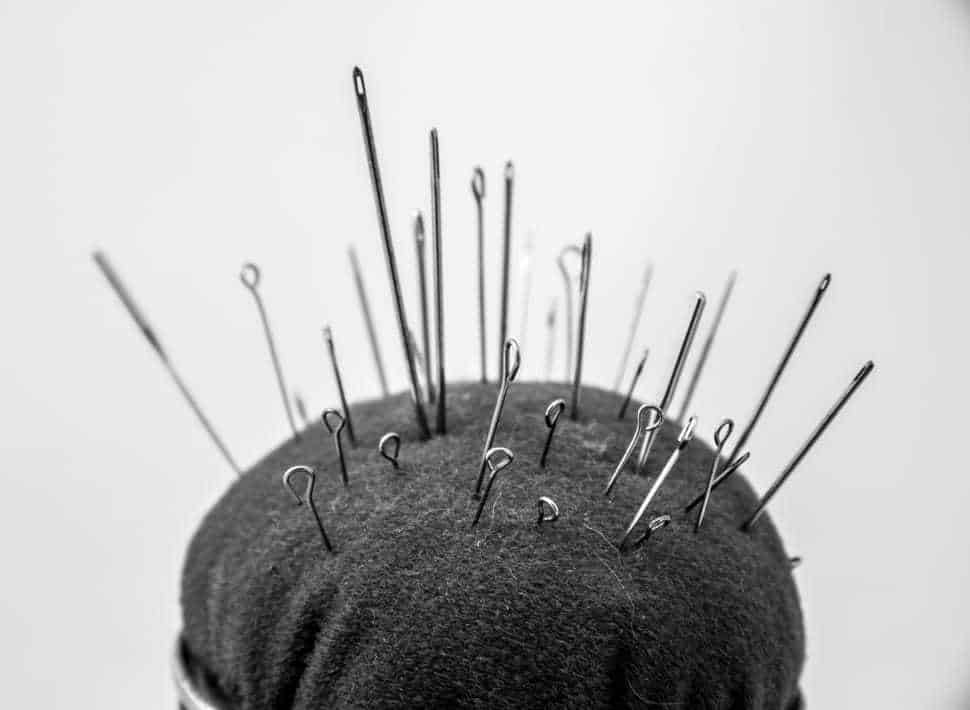
Nerve damage can leave a pins and needles feeling or no feeling at all.
13. Allergic Reactions
Some people may have sensitivities or allergies to certain metals or materials used in the piercings. I know people who can only wear a certain % of gold jewelry or else they will have a reaction.

If you know you have a certain metal sensitivity or allergy, you will want to inform the piercer before you get the piercings.
Oral piercings can actually cause you to develop a nickel allergy .
.
14. Speech issues
The placement of the piercing can prevent your mouth from making certain sounds. The tongue, roof of the mouth, lips, cheeks, and teeth play an important role in speech.
When something gets in the way of this like an oral piercing, speech is affected. Your speech should improve with time as you get used to the piercings, but if it is related to nerve damage it could be more difficult.
15. Problems eating/swallowing
Food can get caught in oral piercings and chewing can be hard if the piercing is in the way. Tongue rings are the most common culprit.
16. Change in sense of taste
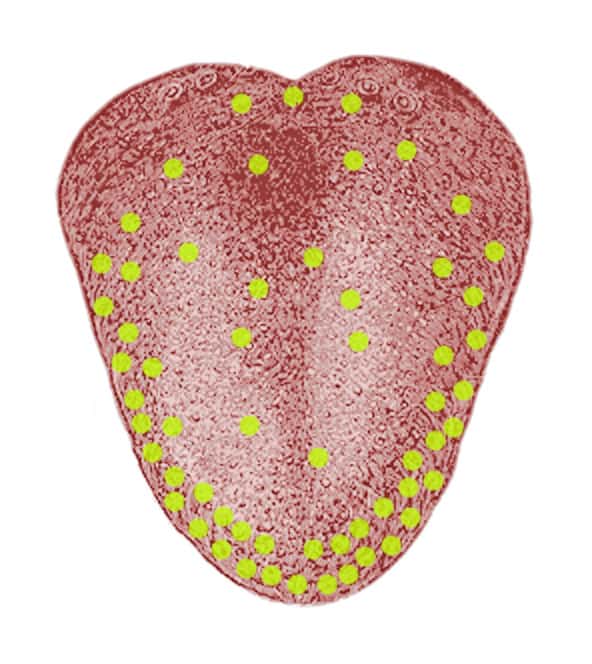
This can be from bacteria or even the type of material a tongue ring or other piercings are made out of. Pay attention to any weird tastes in your mouth. If the piercing is infected you may taste the pus before you even see it. Any change is taste should be looked at immediately.
These things are very helpful in reducing the risks associated with oral piercings;
- Oral-B Electric toothbrush
 ; electric toothbrushes are more effective at removing bacteria from your mouth making a healthier environment. The fewer bacteria in your mouth, the less chance there is for infection.
; electric toothbrushes are more effective at removing bacteria from your mouth making a healthier environment. The fewer bacteria in your mouth, the less chance there is for infection. - Tom’s Of Maine Dental Floss
 ; I love this floss, and I do love this company. They donate 10% of their profits but they also use good ingredients. Flossing cleans the 35% of the tooth surface you miss if you are only brushing. Again, resulting in fewer bacteria in your mouth.
; I love this floss, and I do love this company. They donate 10% of their profits but they also use good ingredients. Flossing cleans the 35% of the tooth surface you miss if you are only brushing. Again, resulting in fewer bacteria in your mouth.
Holly 🙂


